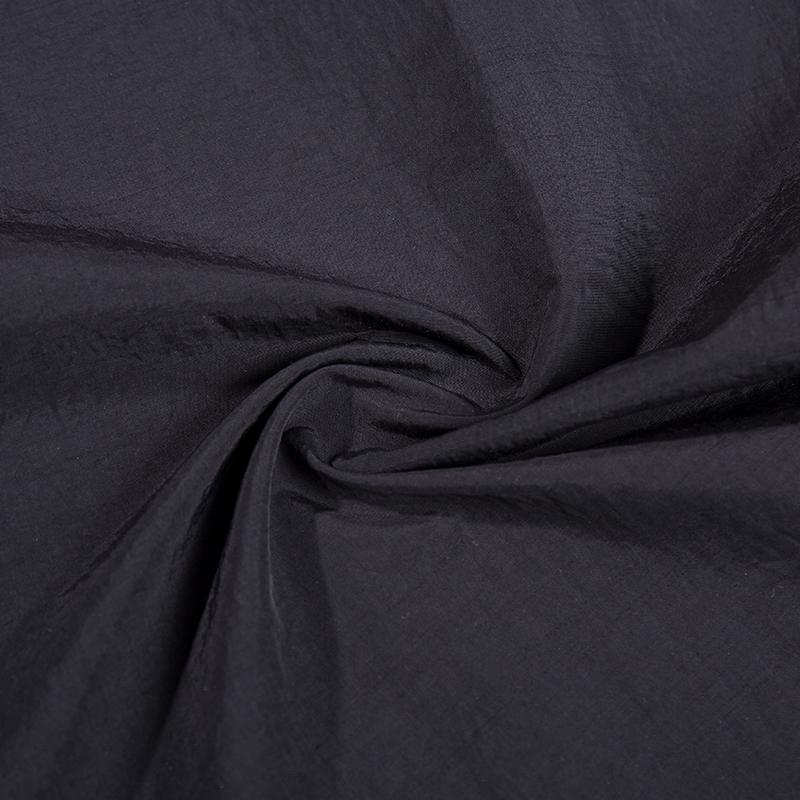In the landscape of sustainable textiles, recycled nylon carries a compelling environmental narrative that resonates with both brands and consumers. Its core proposition is the redirection of waste from landfills and oceans, repurposing it into valuable raw material and reducing the need for new resource extraction. This process for creating recycled nylon generally demands less energy and results in lower greenhouse gas emissions compared to the production of virgin nylon from petroleum. However, a comprehensive understanding of this material requires a balanced view that acknowledges its complexities, including the challenges of sourcing consistent waste streams and the technical intricacies of the chemical recycling processes often involved. The story of recycled nylon is one of progress, illustrating a determined effort to reconcile the functional demands of modern products with a reduced environmental footprint.
From a design and performance perspective, recycled nylon has proven to be a remarkably versatile material. It successfully retains the key properties that made virgin nylon so popular: notable strength, excellent durability, and good elasticity. Designers value recycled nylon for its ability to be engineered into fine, lightweight fabrics for activewear as well as into robust materials for bags and accessories. It can be woven, knitted, and finished with various coatings to achieve specific performance attributes like water resistance or breathability. The fiber's dyeability allows for a rich spectrum of colors, ensuring that choosing recycled nylon does not necessitate a compromise on aesthetic possibilities. This functional parity is crucial for its adoption, allowing brands to integrate sustainability into their products without sacrificing the quality or performance that customers expect.
The future development of recycled nylon is likely to focus on enhancing the efficiency and scalability of its production. Advancements in sorting technologies and chemical recycling methods are key to improving the yield and quality of the regenerated polymer. Furthermore, there is a growing emphasis on developing truly circular systems where products made from recycled nylon are themselves designed for eventual recycling, thus closing the loop. This approach moves beyond a linear model of consumption and waste. While challenges remain, particularly concerning the end-of-life phase for blended fabrics, the trajectory for recycled nylon is oriented towards innovation and systemic integration. Its continued evolution underscores a significant shift in material science, where value is extracted from waste, and responsibility is woven into the very fabric of new products, securing its important role in a more sustainable industry.
